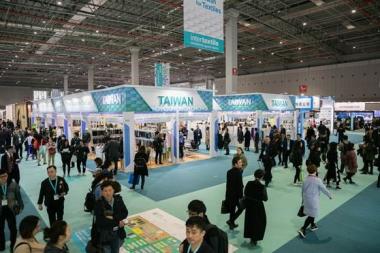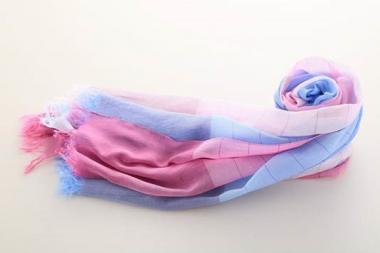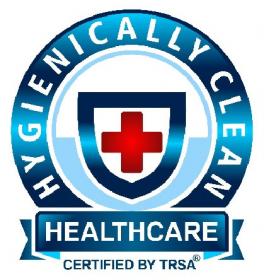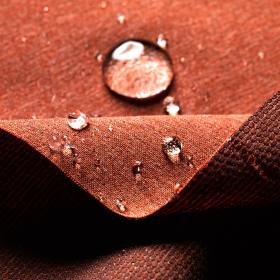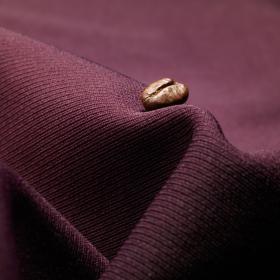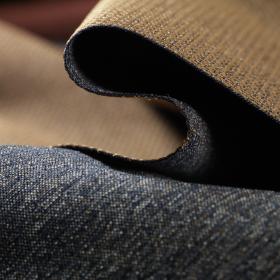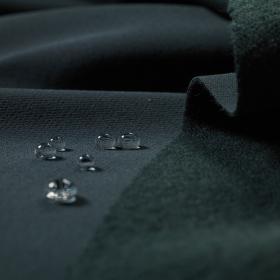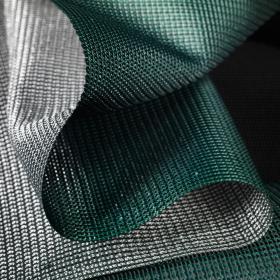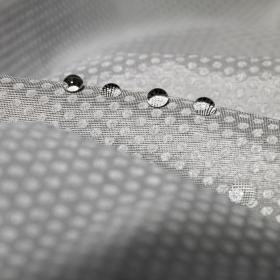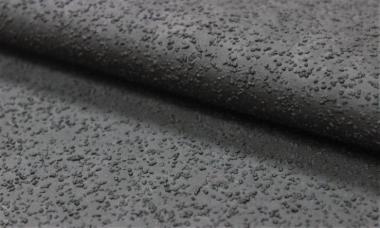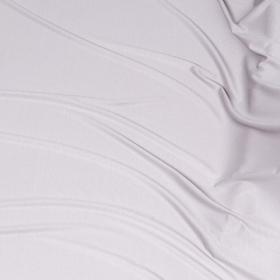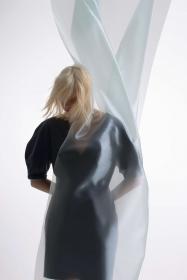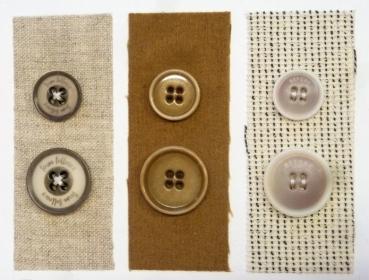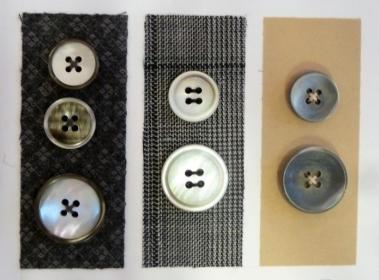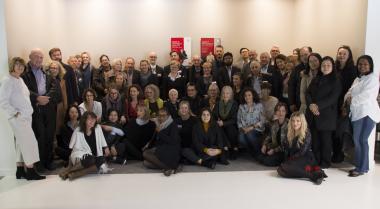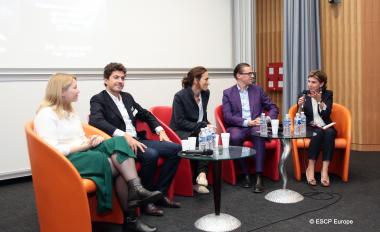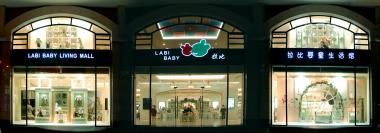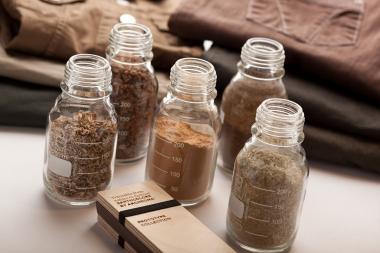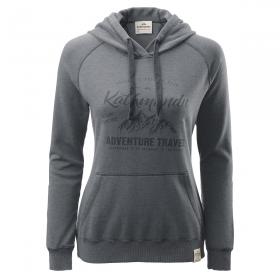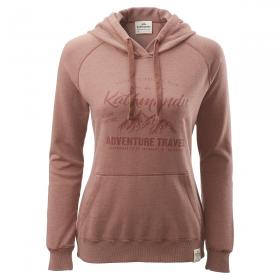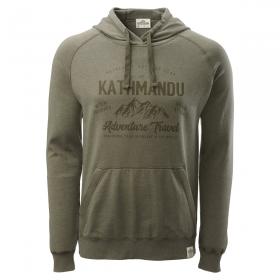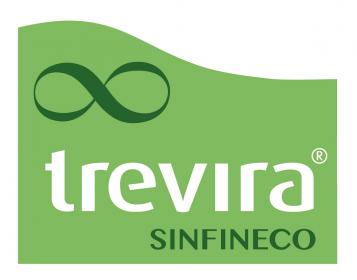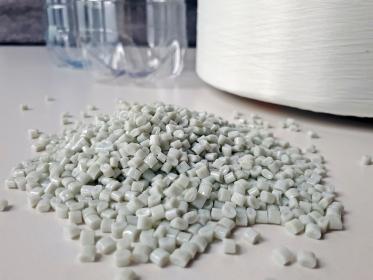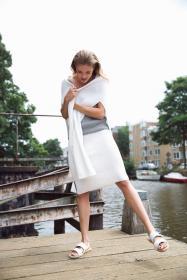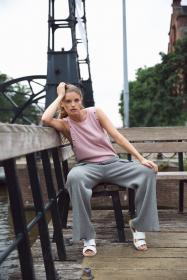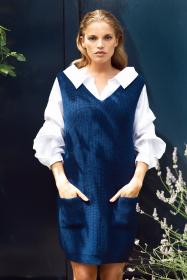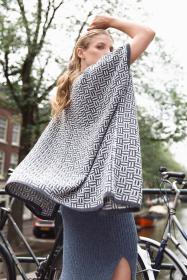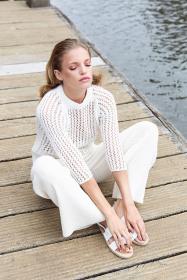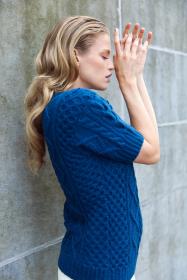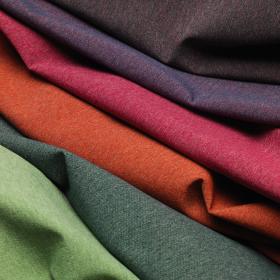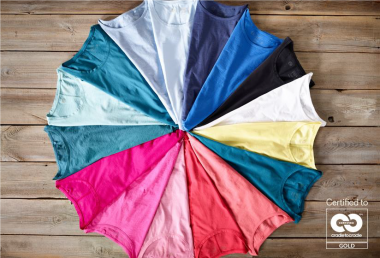An Evening of Smart Innovation that Sets New Standards for Fashion
On Thursday, March 22nd, C.L.A.S.S., with support from the Council of Fashion Designers of America (CFDA), will invite fashion’s industry leaders, designers and members of the press to celebrate An Evening of Smart Innovation. An exceptional team of artists, filmmakers, food and textile designers have created an immersive experience that will engage the guests’ senses highlighting that smart innovation is the new standard for fashion. The experience will examine the four key areas that are vital to C.L.A.S.S.’s business philosophy: Heritage - Smart Innovation - Circular Economy - Design Responsibility. The commitment to those principles and to forward thinking led to C.L.A.S.S. having been nominated as one of the European Business Awards 2017/2018 Ones to Watch for exceptional growth, significant innovation along with an ethical approach to business.
The March 22nd date is a deliberate choice as it marks International Water Day and serves as a way to advocate for sustainable water management, a key issue in textile manufacturing. Many of C.L.A.S.S.’s partners, such as ECOTEC® by Marchi&Fildi, Bemberg™ and ROICA™ by Asahi Kasei and TINTEX Textiles use technological breakthroughs to offer fashion materials that provide significant reductions in water during the manufacturing process, an important step toward responsible future fashion systems.
“In touting significant reductions in water, energy usage and CO2 emissions, C.L.A.S.S.’s message has always been one of consistency but now with today’s customers becoming increasingly environmentally mindful, the timing has never been better to bring awareness to the ways that responsible sustainability can be incorporated, in an authentic way, into a fashion or lifestyle brand increasing the bottom line without compromising design integrity,” said C.L.A.S.S. founder Giusy Bettoni.
The future is already here; guests can see and feel materials during the event that showcase technological breakthroughs currently available. While C.L.A.S.S. works with leading brands that practice responsible design, the next step is to expand their reach and set a new level of standards that benefit the entire industry. To that end, they have identified C.L.A.S.S. Education, their new division, as an essential learning resource to support fashion schools. The new division was co-founded with James Mendolia, professor in the MFA Fashion Design program at Fashion Institute of Technology. C.L.A.S.S. will also launch C.L.A.S.S. e-commerce platform, which will sell partner materials to support emerging designers and fashion start-ups.
Thank you to all of our partners for making this event and the last ten years possible: Bacx by Centro Seta, Bemberg™ by Asahi Kasei, ECOTEC® by Marchi & Fildi, Organic Cotton Colours, Re.VerSo™, ROICA™ by Asahi Kasei, TINTEX Textiles, Zignone.
C.L.A.S.S.





